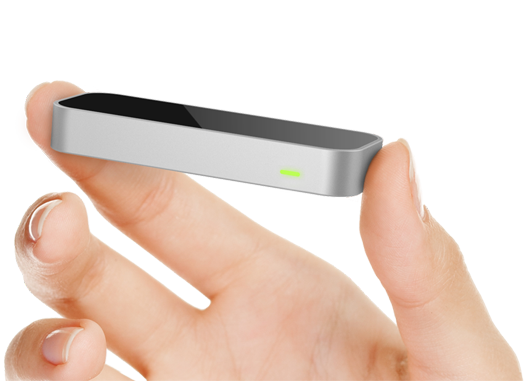Microsoft’s Kinect has proven a compelling proof of concept for gestural control of music. But it could be just the beginning of mass-market gestural sensing technologies. The Leap Motion, like Kinect, promises to be affordable gear. Unlike the Kinect, the hardware is even more unobtrusive, and gestural control is more precise and responsive. Given the latency limitations of Kinect, that’s a huge deal for music.
And better expression could inspire new musical ideas. We’ve spoken many times before about the limitations of touchless control – Theremins are spectacular but not the easiest instruments to play, and waving your hands in the air probably isn’t the best way to play the piano. (Though it is fun – see below.) With a more responsive system, these proofs of concept could eventually yield something genuinely different.
Leap Motion units are just now arriving in developers’ hands – I have one on the way, so you’ll be sure to hear about it. But even this first video, at top, demonstrates lower latency and finer-grained control, each suggesting something more musical (whether or not an AirHarp is what you personally want). Developer Adam Somers writes, in the video’s description:
AirHarp is the result of a weekend hacking session with a Leap Motion dev board. Leap Motion is a highly precise and responsive motion tracking device, making it a perfect tool for expressive musical interactions. AirHarp is being developed in C++ using my audio processing toolkit, MusKit. The source code for both projects is available at http://github.com/adamsomers.
Special thanks to the Leap motion team for making these dev boards available and for the great response to the developer community.
For more information visit:
http://adamsomers.com/airharp
http://leapmotion.com
Developer Creation: AirHarp [Leap Developer blog]
The Leap crew also put together this cute holiday video:
There’s definitely some potential here. I’ll be watching for my box. Since we have some hackers out there, let us know if you’re getting one, too.
